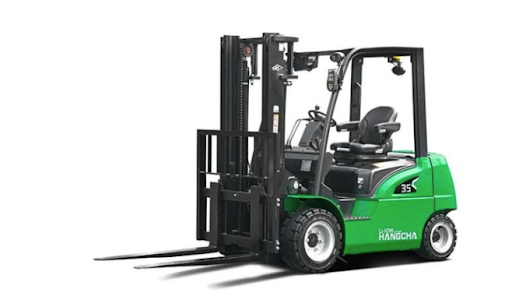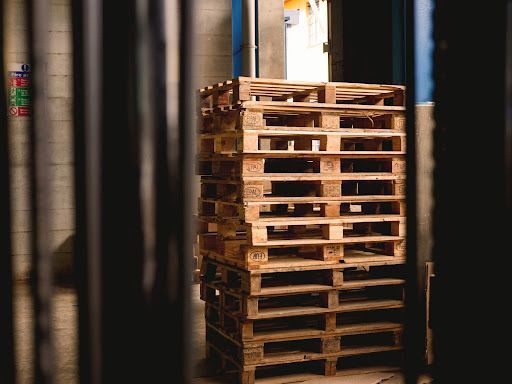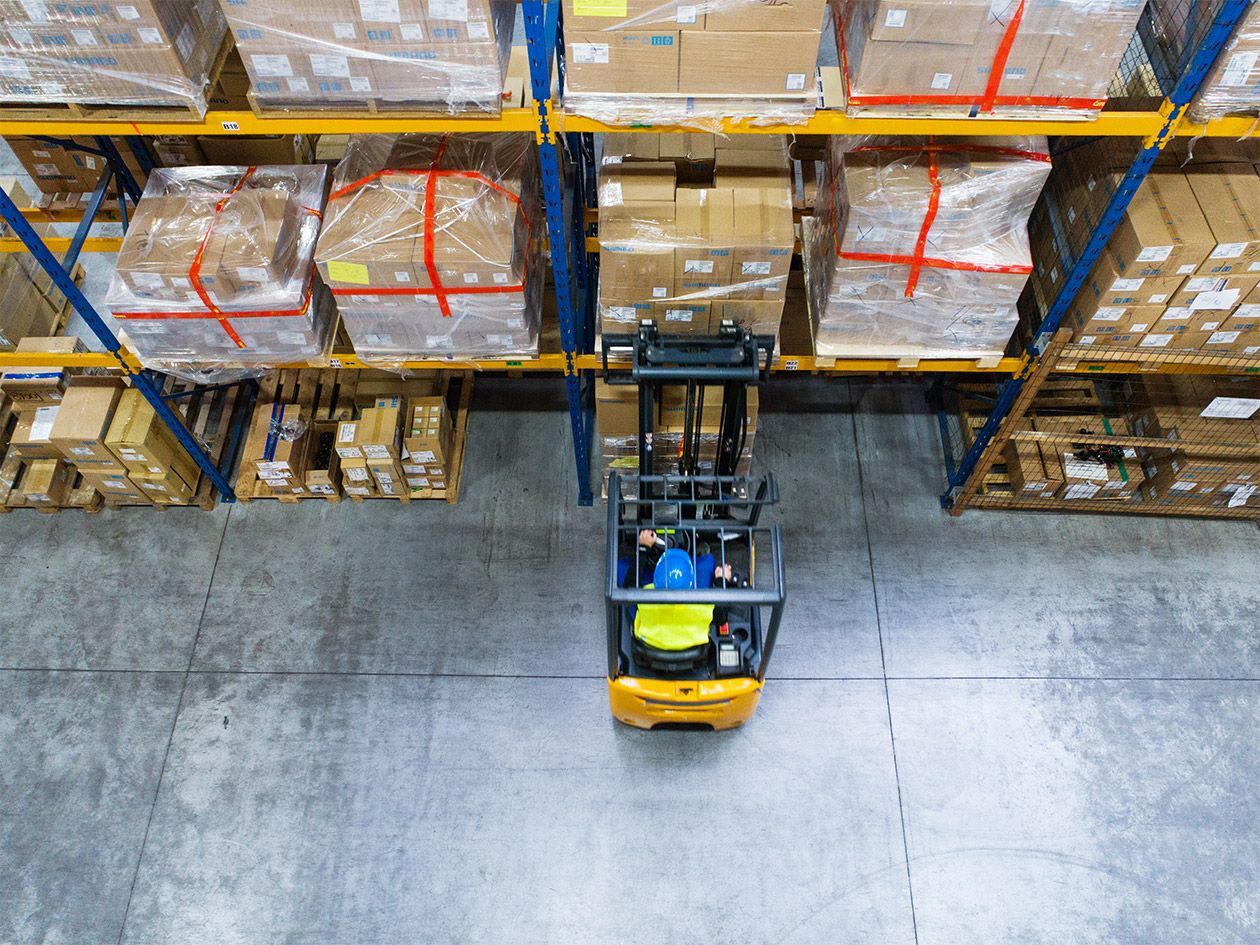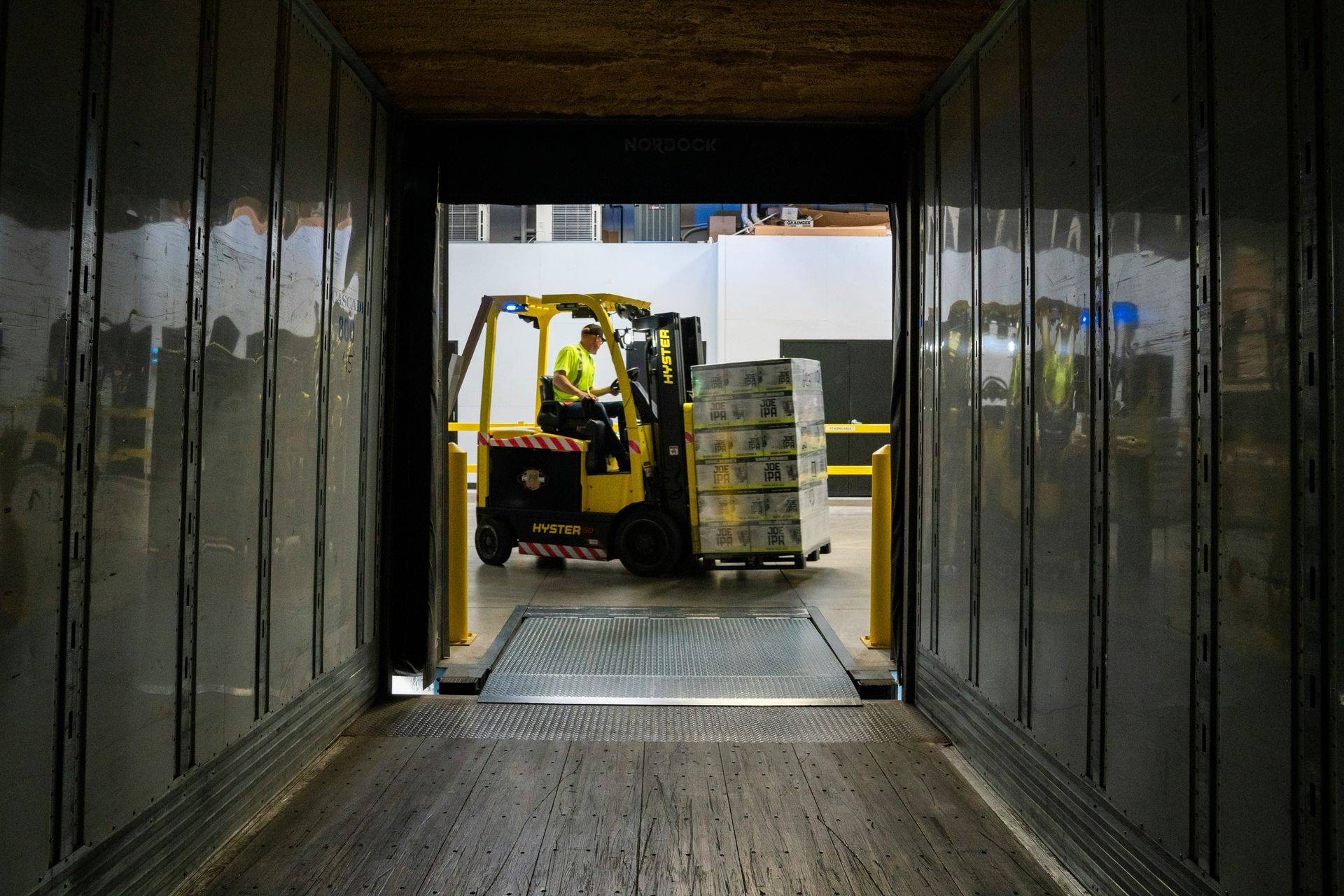Choosing the Right Forklift for Your Business Needs
The saying “work smarter, not harder” is a staple in the materials handling industry. Often, warehouse employees may find themselves going about a task without the most suitable equipment. Anyone can power through and still get the job done, but identifying equipment that will be more suitable to the task can help improve efficiency, precision, and even safety. Finding the best equipment, like the right forklift, for the job requires research and building up background knowledge.
Maximize Productivity with Suitable Equipment
In any materials handling business, forklifts are vital to running operations smoothly. They are designed to quickly move heavy loads and transport materials from one place to another. Choosing the right forklift for your business needs can be challenging, as many different types of forklifts are available in the market. New types of forklifts are being developed all the time, so staying up to date on innovations in the industry is a must. Let’s discuss various types of task forklifts, electric versus internal combustion, and examine how each type of forklift can help you choose the right forklift for your business needs.
Task Forklifts
The first step in choosing the right forklift for your business needs is to determine the type of tasks for which you will be using the forklift. Different types of task forklifts are available in the market, each designed to handle specific jobs. Here are some common types of task forklifts:
- Counterbalance forklifts
- These are the most common type of forklifts used in the industry. They are designed to carry heavy loads and balance the weight of the load on the forks. Counterbalance forklifts are available in both electric and internal combustion models.
- Reach Forklifts
- These forklifts are designed for narrow aisle applications. They can lift the load and extend the forks to reach higher storage areas.
- Order Picker Forklifts
- These forklifts are designed for order-picking operations in warehouses. They have a platform where the operator can pick up orders from the storage area.
- Pallet Jack Forklifts
- These forklifts are designed to move pallets from one place to another. They are ideal for use in loading and unloading trucks.

Internal Combustion v.s. Electric Forklifts
The next step in choosing the right forklift for your business needs is determining whether you need an electric or internal combustion forklift. Both types of forklifts have advantages and disadvantages, so you need to consider your business needs and budget before deciding.
Electric forklifts are becoming increasingly popular due to their low maintenance costs and reduced emissions. They are powered by rechargeable batteries and do not emit harmful gases, making them an environmentally friendly option. Electric forklifts are also quieter than internal combustion forklifts, making them ideal for indoor operations.
Internal combustion forklifts are powered by gasoline, diesel, or propane engines. They are more powerful than electric forklifts and can lift heavier loads. Internal combustion forklifts are also ideal for outdoor operations, as they can operate on uneven surfaces.
The Capability of Each Forklift Type
Once you have determined the type of tasks for which you will be using the forklift and whether you need an electric or internal combustion forklift, the next step is to consider the ability of each type of forklift. Here are some factors to consider:
- Load Capacity
- Different forklifts have different load capacities. You must choose a forklift that can handle the maximum load you need to move.
- Lift height
- The lift height is the maximum height to which the forklift can lift the load. You must choose a forklift with a lift height that suits your needs.
- Maneuverability
- The maneuverability of the forklift is also an essential factor to consider. You need to choose a forklift that can maneuver easily in the space available.
- Fuel efficiency
- If you select an internal combustion forklift, consider its fuel efficiency. A better fuel-efficient forklift will save you money in the long run.

Elevate Your Process
With so many options for forklifts, there will be some projects where several different types can get the job done. That being said, when warehouse managers have a strong handle on which type of forklift will get the job done most efficiently, the project tends to go smoother than it would if forklift knowledge hadn’t been applied. Your warehouse can elevate your process and maximize productivity by implementing other tools and tech. Cloud-based inventory management , warehouse automation, lighting control systems, and more can streamline your workflow and set up your team for success.
Benco Industrial Is Here to Help
Here at Benco Industrial Equipment, we know the ins and outs of the materials handling industry and can help you choose the best equipment for your warehouse or project. We have both electric and IC forklifts ready to buy or rent. We have legless stackers, straddle stackers, reach stackers, work assist unit forklifts available, and more. We also have various other equipment and products to help your project succeed. Get in touch with us today!
The post Choosing the Right Forklift for Your Business Needs appeared first on Benco Industrial Equipment.




